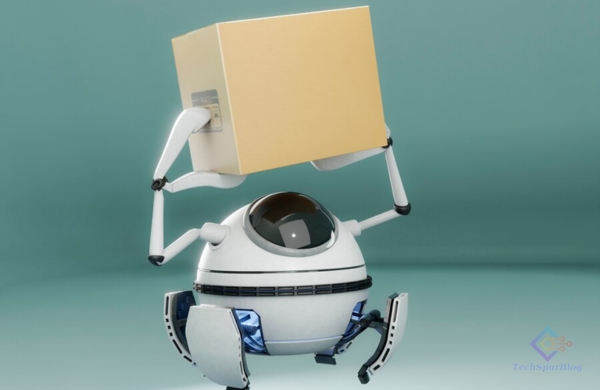
While robotic innovation continues to advance rapidly, robots still have much to learn from humans when it comes to object manipulation. A recent study conducted at the Massachusetts Institute of Technology (MIT) has proposed an innovative method to teach machines how to pick up objects more efficiently, aiming to replicate human-like dexterity. This article explores MIT’s groundbreaking research on robotic innovation and its potential implications across various industries, including manufacturing and space exploration.
Challenges in Robotic Manipulation
Robots have traditionally used grippers to pick up objects, simplifying the process by limiting contact points. In contrast, humans excel at manipulating objects with their entire bodies, utilizing hands, forearms, and even chest support when necessary. According to MIT researcher Terry Suh, an expert in artificial intelligence, each point of contact represents additional computational reasoning for a machine. This increased computational load poses significant challenges for advancing robotic innovation.
Also Read: Tesla’s Humanoid Robot Optimus Makes Strides in Learning and Adaptation
MIT’s Solution: Rich Contact Manipulation Planning
The MIT team, led by Terry Suh, has devised a viable solution called “rich contact manipulation planning.” This technique leverages artificial intelligence to synthesize the decision-making process for machines, reducing the complexity of the task. By streamlining the decision-making process, robots can potentially handle objects with more agility and versatility, akin to human dexterity.
Benefits of MIT’s Robotic Learning Method
MIT’s innovative approach addresses a longstanding obstacle in robotic innovation: the limited capabilities of machines in picking up objects. By enabling robots to utilize more contact points, the potential benefits are manifold. Firstly, it could lead to the development of smaller robots that are highly efficient at object manipulation, reducing the need for large robotic arms with grippers in manufacturing settings.
Additionally, this innovation has the potential to save resources and costs. Robots that can pick up objects with their entire bodies, rather than specialized tools, will have a smaller physical footprint. Consequently, factories and production lines can optimize space utilization, reduce energy consumption, and lower material costs. In essence, enhancing robotic intelligence can yield increased capabilities with existing hardware.
Applications in Space Exploration
The implications of MIT’s robotic innovation extend beyond terrestrial applications. In space exploration, remote control of robots suffers from significant time delays due to signal transmission. MIT’s approach offers the promise of greater autonomy for robots in space. Robots equipped with advanced learning algorithms could adapt swiftly to their environments using onboard computation, allowing human operators to focus on high-level commands. This technology could prove invaluable for missions to other planets, where real-time control is impractical.
Future Directions in Robotic Innovation
While MIT’s research is promising, it remains in the early stages. Terry Suh emphasizes the need for further development to ensure its applicability across industrial settings. Dynamic scenarios, where objects behave unpredictably, present a challenge that researchers must address. Improving computational speed and overall algorithm efficiency are also ongoing goals. Suh concludes that meticulous model examination and a deep understanding of the problem will yield significant benefits in robotic innovation.
Also Read: Reddy: Your Ultimate Companion Robot for Home Entertainment and Security
Collaboration and Support
MIT’s robotic innovation research involves collaboration with experts from Boston Dynamics, Toyota Research Institute, and support from institutions such as the Lincoln Laboratory, the National Science Foundation, and Ocado Group. The funding also comes from Amazon, which anticipates potential benefits for its numerous warehouses filled with packages awaiting delivery to customers.
Conclusion
MIT’s groundbreaking research in robotic innovation, particularly in rich contact manipulation planning, has the potential to revolutionize how robots interact with objects. By teaching machines to handle objects more like humans, this technology promises greater efficiency, resource savings, and broader applications, including space exploration. While challenges remain, the future of robotics looks brighter with MIT’s innovative approach leading the way.

Leave a Reply